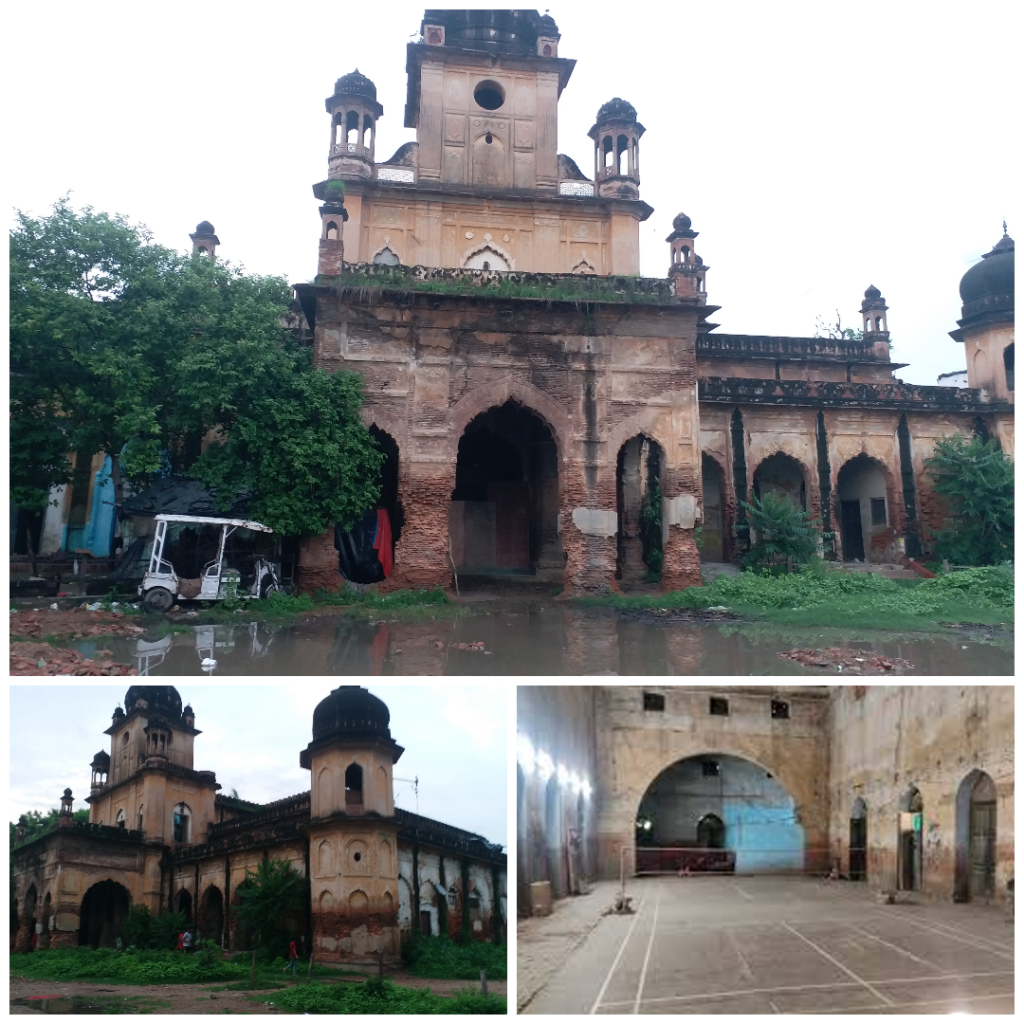Encroachments destroy the symbol of Hindu-Muslim unity during the freedom struggle
Team Clarion
LUCKNOW – The Rafah Aam Club Maidan near City Station in Lucknow, a once-vibrant centre of India’s freedom movement during British rule, has fallen into disrepair. Known for hosting prominent figures like Mahatma Gandhi, Munshi Premchand, and Mohammad Amir Ahmed Khan, this historic site played a crucial role in the country’s freedom struggle. It was here, in 1920, that a fatwa against cow slaughter was issued, calling for Hindu-Muslim unity in the struggle against colonial rule.
Talking to Clarion India, Qazi Shahr Mufti Abul Irfan Farangi Mahali recalled the pivotal moments at Rafah Aam Club: “Mahatma Gandhi and Maulana Abdul Bari Farangi Mahali organised a program here under the banner of Hindu-Muslim Unity. It was during this gathering that Maulana Abdul Bari issued a fatwa, urging Muslims to give up beef for the sake of unity. This appeal resonated across the nation, and Hindu-Muslim solidarity became a driving force in the freedom struggle.”
The significance of the Rafah Aam Club doesn’t stop here. Mahatma Gandhi, known for his unifying approach, brought his message of non-violence and self-reliance to the masses through meetings at the club. According to Begum Shahnaz Sudrat, a member of the Farangi Mahal family, Gandhi’s visits were memorable. “Our grandfather, Hayatullah Ansari, told us that when Gandhiji visited Farangi Mahal, he brought a goat along with him. The children were overjoyed to see it. The excitement was such that people couldn’t decide whether to give the sweets to the goat or Mahatma Gandhi,” she said with a smile.
The venue was also where Gandhi was first given the title of ‘Mahatma’, a title that would go on to define his legacy. Begum Sudrat explained, “Gandhiji received the title of Mahatma from various places, but it was here in Farangi Mahal that he was first called Mahatma.”
However, despite its rich history, Rafah Aam Club is now facing a grim reality. The grounds that once hosted towering figures like Sarojini Naidu, Muhammad Ali Jinnah, Jawaharlal Nehru, and Lokmanya Tilak are now encroached upon by junk dealers. The club has been reduced to a dumping ground for garbage, and its grounds are being used as a parking lot.
“This building, which was once a symbol of resistance against British rule, now stands in ruins,” lamented local historian Dr. Nasir Rizvi. “It is disheartening to see that such a significant part of our heritage is not even recorded by the state or central ASI (Archaeological Survey of India). The building’s ownership remains unknown, and it isn’t listed in the records of any government body.”
There were glimmers of hope in 2021 when, under the Lucknow Smart City Project, there were plans to restore the Rafah Aam Club along with other historical buildings within a 12-km radius of the Qaiser Bagh area. However, progress has been minimal, and the building remains dilapidated. Local encroachments further complicate efforts to preserve the site.
As the years pass, the Rafah Aam Club, which once resonated with the voices of those who fought for India’s independence, now faces the threat of being forgotten. It stands as a testament not only to the nation’s past but also to the urgent need to preserve its heritage for future generations.

